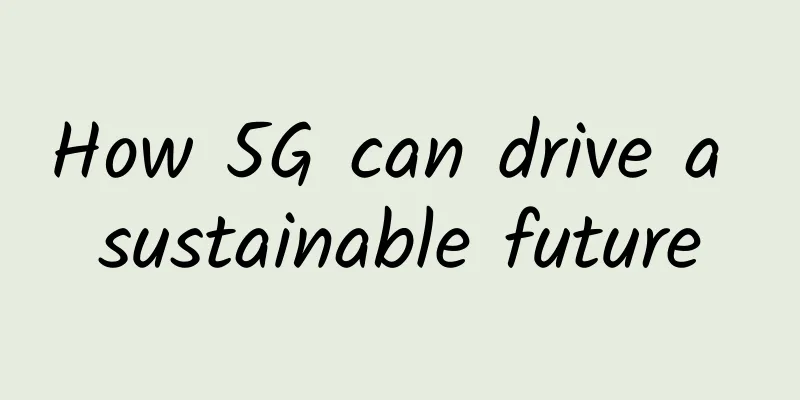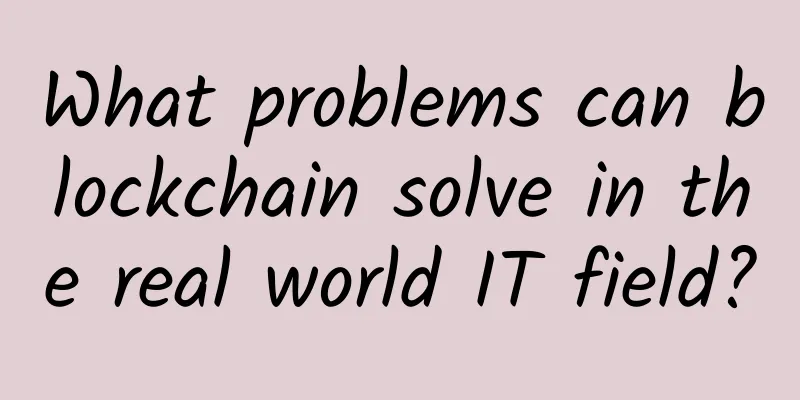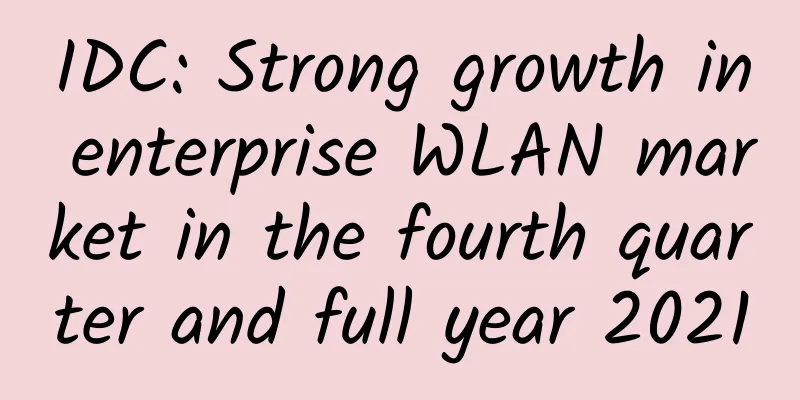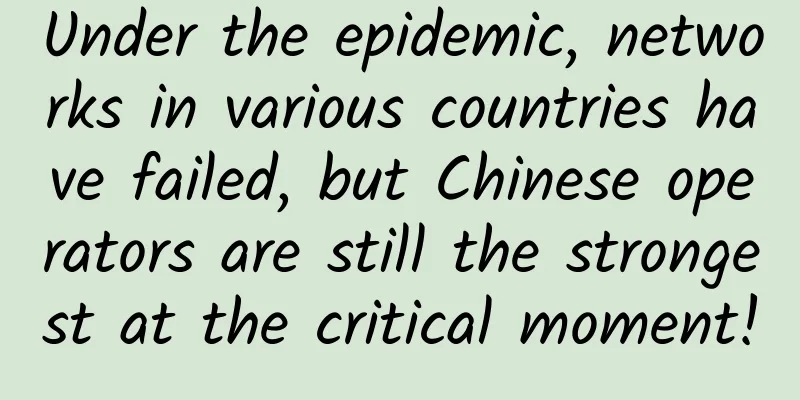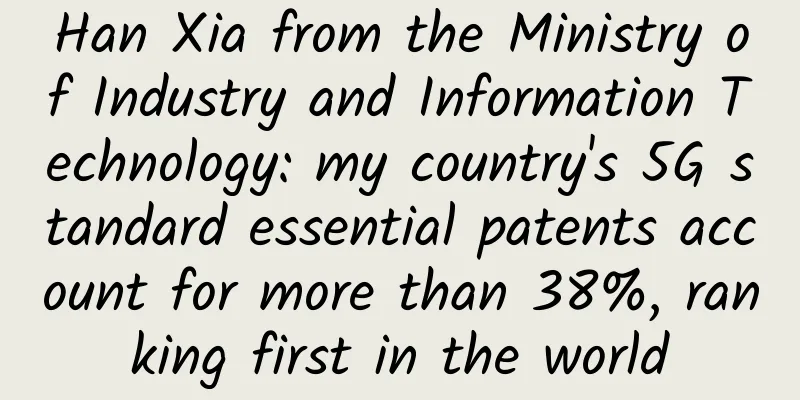You have insufficient data remaining for this month...

|
You are immersed in watching TV series, live broadcasts, and short videos, and suddenly you receive a reminder text message: "Dear user, hello! Your remaining traffic for this month is insufficient..." How is this text message generated? What device obtains our package volume, counts our daily usage, and allows us to receive text message notifications in time when the data flow is insufficient? Look down with a question mark and you will find the answer you want~~
In the Internet age, many people have purchased large-value data packages so that they can study and entertain themselves online anytime and anywhere. However, when our Internet data usage reaches the package amount, we will receive a text message notification and feel that the Internet speed has slowed down. In fact, this is an operating strategy of the operator. Operators use FUP (Fair Usage Policy) to develop monthly data packages. By limiting the user's data traffic within a certain period, reminding the user in real time when the usage reaches the threshold, and reducing the access rate when the usage exceeds the limit, a small number of users are prevented from over-occupying network resources, ensuring the Internet experience of most users, and allowing more people to enjoy the Internet fairly.
RCP (Resource Control Platform) is the protagonist of the fair use policy. Of course, without the supporting roles, there is no brilliance of the protagonist! Therefore, when introducing RCP, we cannot leave out PCEF (Policy and Charging Enforcement Function). If RCP is compared to a policy decision maker, then PCEF is its "right hand" - policy executor. As a resource control center, RCP works together with PCEF to complete user usage accumulation and policy control.
So how does RCP obtain user usage and when does it remind users that their data flow is insufficient?RCP sends monitoring quotas to PCEF based on the user's package volume and cumulative usage. When the user uses up the monitoring quota, PCEF reports the user's usage information to RCP. RCP accumulates usage. If it is found that the usage control threshold configured in the policy is exceeded during the accumulation process (such as the control threshold is 70%, 80% and 100% of the package volume), it can decide whether to reduce the user's access rate based on the accumulated value of these usages and decide whether to notify the user by SMS. There are two ways to issue quotas: fixed value and balance.
In actual usage scenarios, a combination of fixed value and balance is often used to obtain monitoring quotas. The system compares the monitoring quota calculated by the balance method with the fixed value and takes the smaller value as the monitoring quota to be issued. Some people say that there is not enough data? That doesn't exist! My monthly package has enough data. What will happen to the remaining data at the end of the month? If you are rich, please continue reading~~ The remaining usage of the package purchased by the user in the previous billing period is transferred to the next billing period according to certain principles. This part of the remaining usage transferred to the next billing period is called the rollover quota that can be used in the next billing period. According to the different operating strategies of operators, RCP can provide flexible refund algorithms and quota usage methods. There are two common refund modes:
At the same time, in each billing period, there is a fixed quota for the package, which is the monthly package volume signed by the user. RCP can specify that the fixed quota of the package should be used first, or the rollover quota of the package should be used first.
Having written this, the editor quietly opened his phone to check the balance of his package. The remaining usage during the billing period and the rollover quota of the priority package will be refunded at a 100% ratio. So, what kind of return model does your package adopt? What kind of usage principle? RCP has played an important role in implementing fair usage policies, preventing a small number of users from excessively occupying network resources, and ensuring the Internet experience of most users. After reading this, have you found the answer to the question at the beginning? Do you have a better understanding of the traffic that accompanies you day and night? |
<<: Interviewer asked: What is a dynamic proxy?
Recommend
Choosing eMTC or NB-IoT should no longer be a problem
For a long time, the two cellular Internet of Thi...
Banwagong: Los Angeles CN2 annual payment starts from $46.5, 1-10Gbps US CN2 GIA/Hong Kong CN2 GIA/Japan CN2 GIA
Bandwagonhost VPS was founded in 2012 and is affi...
IPv6 series - 10 common problems for beginners
Based on the problems encountered by myself and m...
Where is the way out for SDN?
SDN was born in 2006. It was a campus innovation ...
Connectivity trends: All roads lead to Wi-Fi in 2023 and beyond, says Wi-Fi Alliance
Despite turbulent times, Wi-Fi has had a stellar ...
Easy-to-understand network protocols (TCP/IP overview)
My recent work is related to network protocols, w...
Embrace cloud desktop and easily overcome the three major pitfalls of desktop application innovation
From the early "863" and "Core Hig...
Implementation comparison and practice of distributed computing engines Flink/Spark on k8s
The underlying resource management platform of di...
In 2016, SDN is accelerating in the enterprise market, while the carrier market is still in the process of warming up.
[Original article from 51CTO.com] With the advent...
How will AI and 5G drive the next wave of innovation?
Artificial intelligence (AI) continues to permeat...
V5.NET is newly launched on Taiwan CN2 server, new customers get 30% off on first order
The tribe has shared information about V5.NET twi...
Let's talk about TCP
In our daily development, we will more or less be...
Runqian Software and Yonghong Technology signed a strategic cooperation agreement
[51CTO.com article] On November 8, 2017, Runqian ...
LiCloud: Hong Kong high bandwidth VPS annual payment starts from $17, Hong Kong dedicated server starts from $25.99/month, Huawei Cloud/BGP dual line
LiCloud.io has started a new September promotion,...
